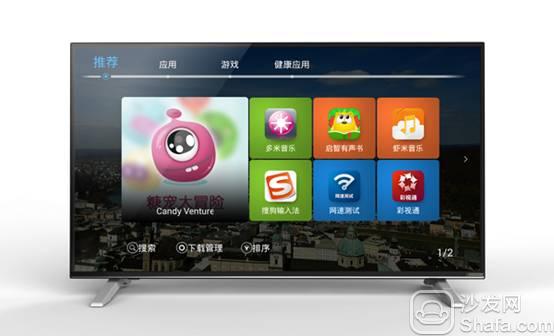We use TV every day. For this familiar appliance, are you more or less in doubt about how to use the details? With regard to the power switch of TV, I believe that many people do not know exactly what to do. The following Xiaobian answers the three major questions about TV power in daily life and hopes to help everyone.
Does the power plug of the TV need to be unplugged?
A lot of books that introduce life's common sense, and even the TV's instructions, tell the user that after watching, they should unplug the power plug to avoid damage to the TV. Do you really need to do this? From the circuit diagram of the TV or the actual circuit, we can see that the TV's power switch is "double-knife", it also turns on or off the power of the two lines, as long as the watch is completed, the power switch Close it, you can be foolproof. On the contrary, frequent plugging every day can result in poor contact and harm the television.

Can the TV's power outlet be shared with other home appliances?
Many sources have said that the power plug of a TV cannot be shared with other household appliances, otherwise the magnetic field of household appliances will interfere with the TV, and some will cause a serious drop in voltage and affect the normal use of household appliances. In fact, these arguments are unreasonable. The influence of the magnetic field of home appliances on the television is mainly to see its distance. The plug of a household appliance plugs into a socket for a television and has the same effect as a separate outlet plugged into the next wall. In fact, the magnetic field generated by household appliances is generally mainly an "alternating magnetic field". As long as the distance is not very close, it has little effect on the television. As for the voltage reduction is nonsense. The power socket can only be burned out due to current overload, and will not drop the voltage at all. As long as the total current of the household appliance is less than the “rated value” of the outlet and there is a margin, the capacity of the wire connected to the outlet is sufficient, and there will be no adverse effects. If the current capacity of the socket or wire is not enough, it is not a matter of voltage drop (the voltage is basically unchanged), but serious problems of fire can occur.

Is the TV viewing status the same as the standby power consumption?

The result is of course not the same, viewing the state of power consumption is greater than the TV standby state (note that here is the standby state on the remote control). TV power consumption is proportional to the volume, the louder the sound, the more power is consumed, so when watching TV, the volume should be as small as possible, as long as you can hear it clearly. When you do not watch TV, you have to cut off the power. It is understood that the average TV power consumption is about 0.01 kilowatts in one hour in standby mode. We can calculate the number of accounts as follows: Supposing that if an average TV is standby for two hours per day, China’s TV inventory will be maintained. With 3.5 billion units, the annual standby power consumption is as high as 2.555 billion kilowatts, which is equivalent to the total annual power generation of several large-scale thermal power plants. According to statistical calculations, urban households with higher household electrical appliance penetration rates use up to 20 to 40 degrees of standby power per household per month. It can be seen that the TV standby power consumption can not be underestimated! In addition, the standby is also harmful to the TV itself, which will reduce the service life. Therefore, home appliances do not cut off the power as much as possible, and do not rely on the appliances in standby mode, this one is suitable for every piece of home appliances, because the power consumption of home appliances in the standby state is generally about 10% of its starting power, about 5 watts ~ 15 watts.





